E-wallets, unmanned stores and more: How retailers are innovating in Asia
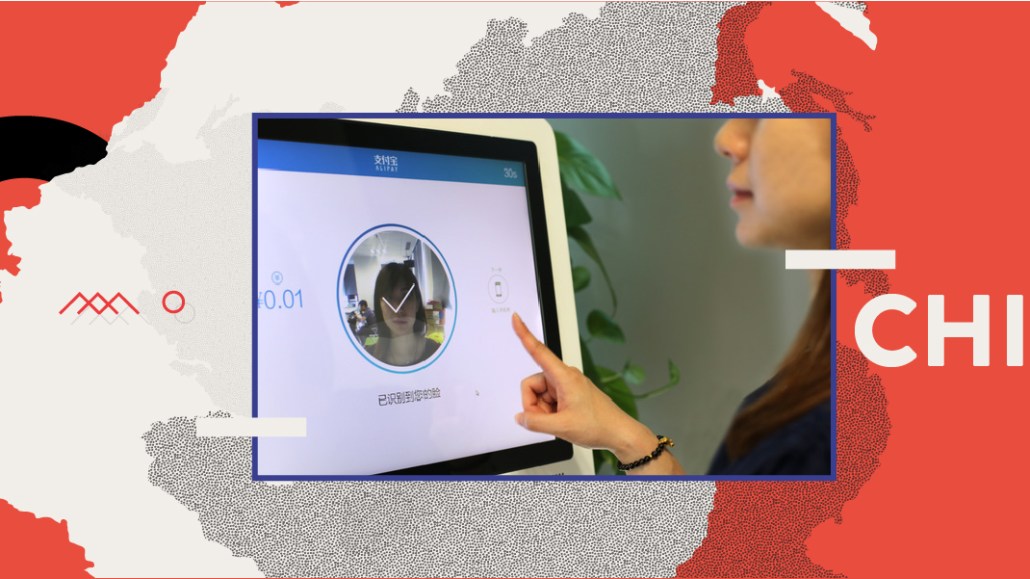
This article appears in the latest issue of Digiday magazine, a quarterly publication that is part of Digiday+. Members of Digiday+ get access to exclusive content, original research and member events throughout the year. Learn more here.
Retail has been falling in the U.S. But across the Pacific Ocean, there are many retail innovations in Asia, ranging from product display to payments to logistics. Here’s how the store of the future is being rethought in China, South Korea, Japan and India.
China’s unmanned stores: Staffless stores like EasyGo and BingoBox are an emerging phenomenon in China.

Super-fast food delivery services: Platforms like Meituan and Baidu Waimai can usually deliver food to consumers in around 10 minutes and allow them to track their delivery on mobile. Seamless and Grubhub would be considered “too slow” by Chinese standards.

Mobile bike-sharing: Two startups, Mobike and Ofo, offer station-free bike sharing services in cities like Beijing and Shanghai.
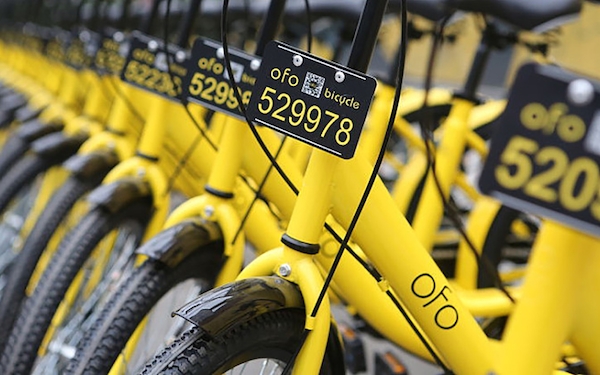
Facial recognition payment: Alibaba-owned fintech company Ant Financial tested a facial recognition payment service called “smile to pay” with KFC in China this September.
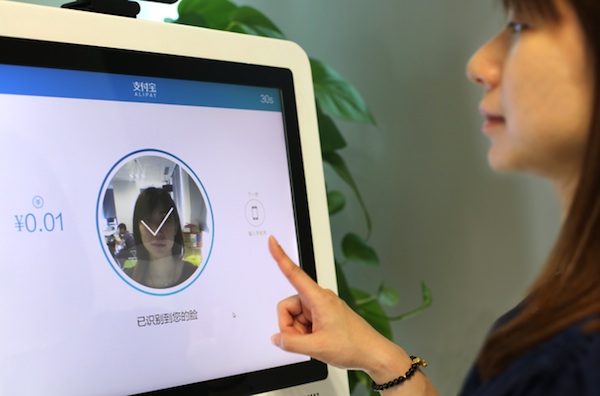
South Korea’s 3-D shopping assistants: Physical stores like iClothing use three-dimensional scanners to scan shoppers’ bodies and create a 3-D avatar of them. Then, visitors can go to the physical store and virtually try on clothes with the avatar, skipping the fitting room.

Japan’s smart vending machines: These machines take a picture of shoppers and recommend drink choices to them based on their gender and age. Then, customers make their choice using a digital screen.
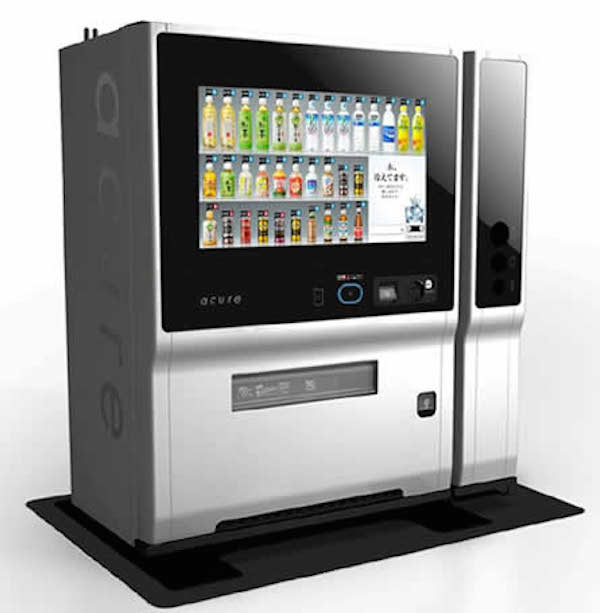
India’s e-wallets: India has more diverse mobile payments than China, where Alipay and WeChat Pay dominate. Paytm, Oxigen, MobiKwik and PayUmoney are among the major mobile payment services in India.
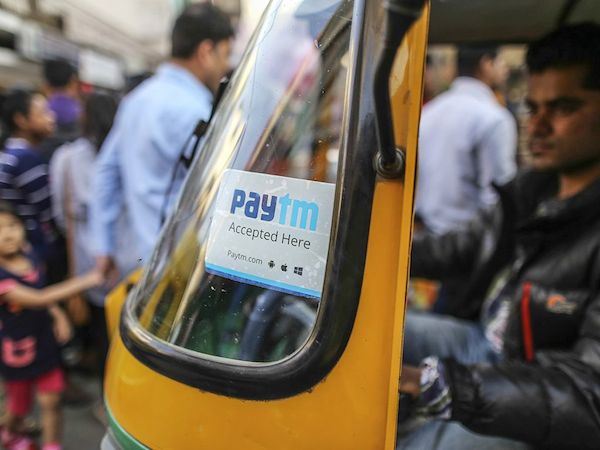
More in Marketing

Pandora is betting on AI agents to scale service and emotional selling during the peak holiday season
Pandora is using AI agents to scale customer service and replicate emotional in-store selling online, just as peak season puts pressure on margins and teams.

Rembrand’s CEO wants to grow virtual ad placements in streaming, and he’s looking elsewhere for models
Omar Tawakol wants to improve advertising within the streaming world, and is working with advertisers and publishers to improve that experience.

Marketers are keen to use generative AI in ad campaigns, but hidden costs lurk
Marketers across the industry want to use AI to cut down on time spent in creative production. It’s not so simple in practice.








